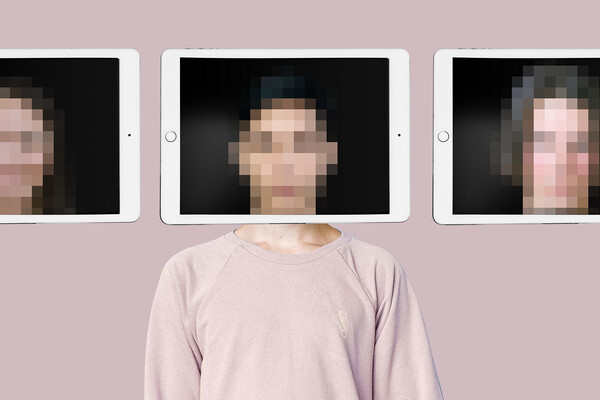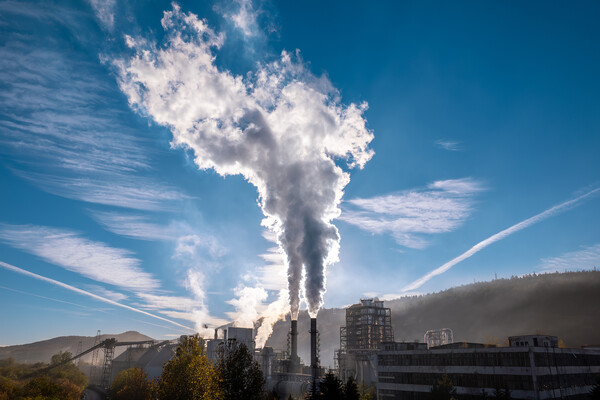
Image: Mininyx Doodle via Getty Images
Brian Daniels was flying over the Atlantic Ocean when the fire at the National Museum in Brazil broke out. When he landed, the archaeologist quickly learned of the potential devastation wrought by the flames: 20 million items gathered during two centuries, including Luzia, one of the oldest examples of human remains; huge entomological collections; artifacts representing countless indigenous groups. It was one of the largest and oldest inventories in Latin America.
“We’re all interconnected by these different kinds of collections,” says Daniels, director of research and programs at the Penn Museum’s Cultural Heritage Center. “When something like this fire happens, it pulls at your heartstrings because you’re a potential stakeholder to that kind of global experience.”
The extent of the damage remains unknown, as does the fire’s cause. On Tuesday, firefighters pulled from the ashes a skull thought to be from the 11,500-year-old Luzia, but a lab test is needed to confirm its identity. Regardless of what ultimately resurfaces, the fire’s impact will reverberate in Brazil and beyond, throughout the research community that contributed to and learned from its specimens, and for the people who now will never experience these items firsthand.
“It’s an incalculable loss,” says C. Brian Rose, Penn’s James B. Pritchard Professor of Archaeology and curator of the Penn Museum’s Mediterranean Section. “It was a moment of grieving when I read about it, and I think any archaeologist would’ve said the same thing. A museum is the nucleus of the community. In difficult political or economic times, you can always focus on the museum, which highlights the achievements of the past and gives hope for the future. It can be an uplifting experience, and when it disappears it leaves a hole in the community.”
Students from the Federal University for the State of Rio de Janeiro are already trying to fill that gap, asking anyone who has visited the museum to share their photos and videos via email, to attempt to digitally recreate the exhibition halls.
“That was up and running within hours,” Daniels says. “I’m very excited to see what comes out of that.”
It’s possible more survived than initially thought, he adds, noting that at least one of the museum’s collection keepers led staff back in, in the darkness, to conduct an evacuation chain. Despite limited time and visibility in such a situation, items still need careful handling. In this case, that meant carrying out pieces individually by hand. “That makes an evacuation very slow,” Daniels adds, “but I’m not sure there was another option.”
In the near-term, the Brazilian government will need to decide whether to sift through the remains to search for additional lost items, and whether to ask the international community for aid. “This must be so traumatizing to the people of Brazil and to the museum itself,” says Julian Siggers, director of the Penn Museum. “One of our fundamental duties is to be stewards of the material left in our care for perpetuity.”
That’s been at the forefront for the Penn Museum since it opened in 1899, he adds. “We think about this all the time. We plan with the University for disastrous situations of many types. It’s front and center to what we do.”
It’s also part of Daniels’ job, through a decade-old, three-week course he teaches for museum and emergency personnel called “First Aid for Culture in Times of Crisis.” During the class, professionals from all over the world experience simulated emergency situations so they know what to do should one occur in real life. He’s been teaching a similar class for juniors, seniors, and graduate students at Penn for the past four years.
“In a crisis response, your first concern is always life,” Daniels explains. “Then the question is, after you’ve stabilized people, what do you do with objects and collections? How do you protect those? When there’s a fire, an incident commander decides which zones people can go into and areas that are no-go zones.”
Now that the blaze has stopped, it’s a waiting game to understand what’s truly gone.
“Museums have the potential to be this enormous catalyst, to really catapult people into a lifelong love of these subjects,” Siggers says. “What is actually lost from the National Museum that’s completely irreplaceable, that’s yet to be seen. But we do know this will have a lasting impact.”
Julian Siggers is the Williams Director at the University of Pennsylvania Museum of Archaeology and Anthropology.
Brian Daniels is director of research and programs at the University of Pennsylvania Museum of Archaeology and Anthropology’s Cultural Heritage Center and a lecturer in the Department of Anthropology in the School of Arts and Sciences.
C. Brian Rose is the James B. Pritchard Professor of Mediterranean Archaeology in the School of Arts and Sciences, the Peter C. Ferry Curator-in-Charge of the Mediterranean Section at the University of Pennsylvania Museum of Archaeology and Anthropology, and director of the Gordion Archaeological Project.
Michele W. Berger

Image: Mininyx Doodle via Getty Images

nocred

Image: Pencho Chukov via Getty Images

Charles Kane, Christopher H. Browne Distinguished Professor of Physics at Penn’s School of Arts & Sciences.
(Image: Brooke Sietinsons)